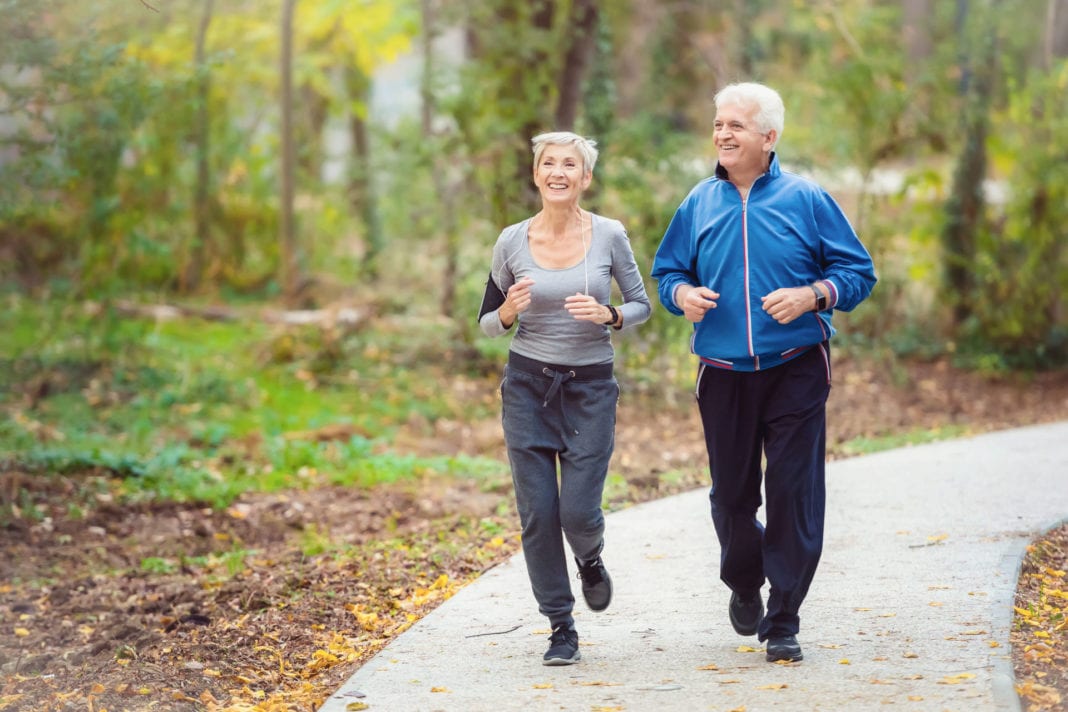6. Important Safety Measures
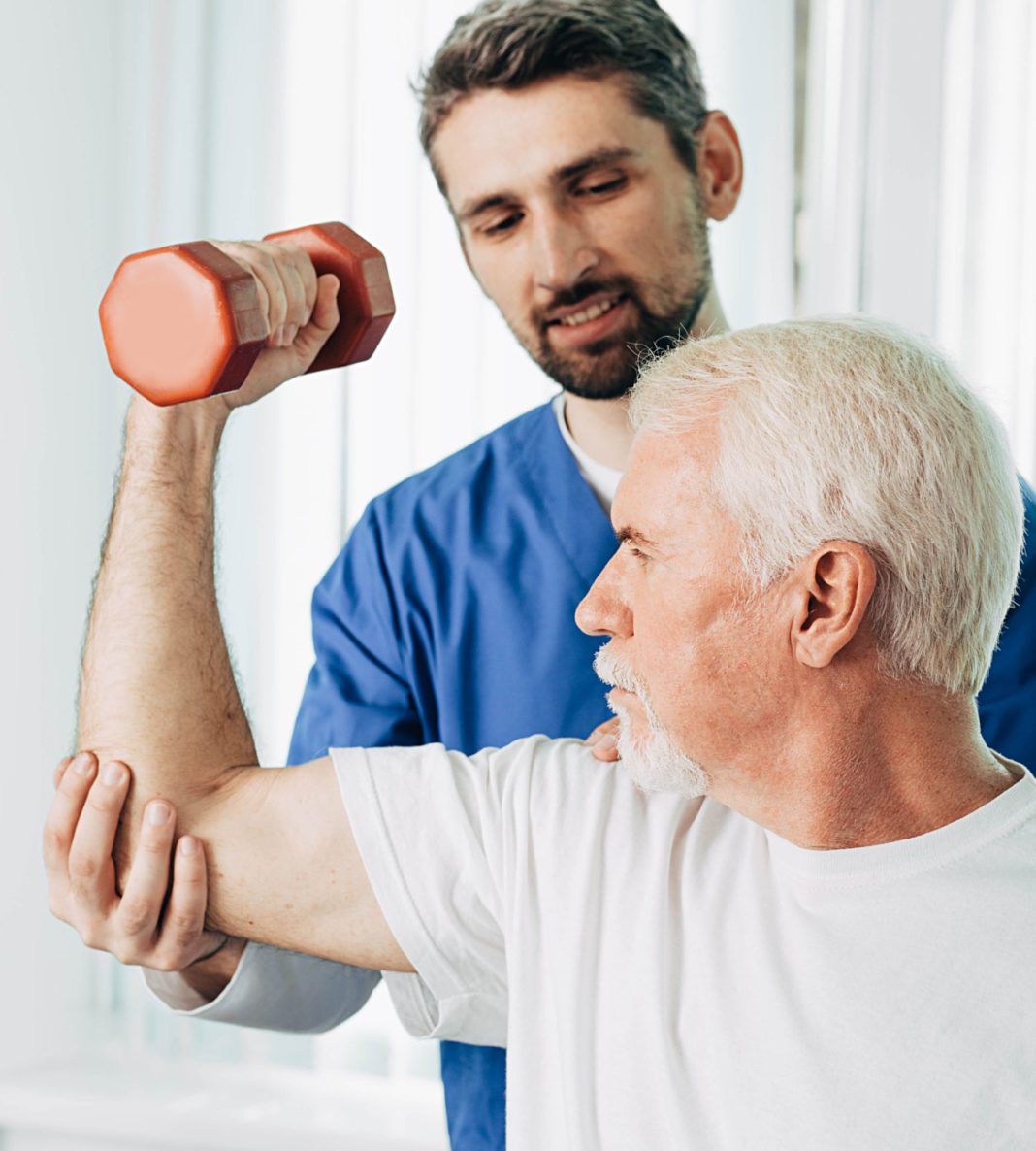
Aging comes with new challenges, but the National Council on Aging stresses that certain habits provide numerous benefits to seniors. Those include staying active, keeping track of underlying chronic conditions, reviewing medications, getting your eyes checked and assessing your home. Falls, after all, are a major risk to seniors – a risk that is mostly preventable.
“We can all help keep older adults in our lives safe from injury and independent longer,” says Jeromy Buchanan, the Director of Aging at the Oklahoma Department of Human Services. “Did you know that every minute of each day, someone 65 years or older falls in the U.S.? One out of four older Americans will fall each year, and falling once doubles an older adult’s chances of falling again.
“Falls are not a normal part of aging,” he continues. “Look around your home for potential hazards. Enlist the help of family or a neighbor who may be more likely to notice things that you don’t. Install grab bars in bathrooms, get rid of slippery throw rugs, or add rubber backing, keep passageways inside and outside well lit and free from clutter and debris.”
Buchanan references acl.gov/programs/health-wellness/falls-prevention for anyone looking for more tips and advice.
Insung Kim, a physician specializing in geriatrics at Tulsa’s Warren Clinic, says that falls cause significant morbidity and mortality in the older population. She also suggests keeping track of anything that might cause an accident, like foot stools, electric cords, pets and a lack of night lights. But risks aren’t just inside the home, she says.
“As vision, hearing, memory and quick reflexes diminish over time, motor vehicle accidents are common,” she says.
Both Kim and Buchanan encourage discussions with doctors about the effects of any medications – because they can cause dizziness, confusion and balance issues. This, in turn, increases the risk of both falls and vehicle accidents.
“Be sure to have regular checkups with your doctor to see if any interventions can help improve age-related loss of function,” says Kim. “Also, have family monitor for diminishing function and discuss these changes with loved ones.”
5. Becoming a Caregiver
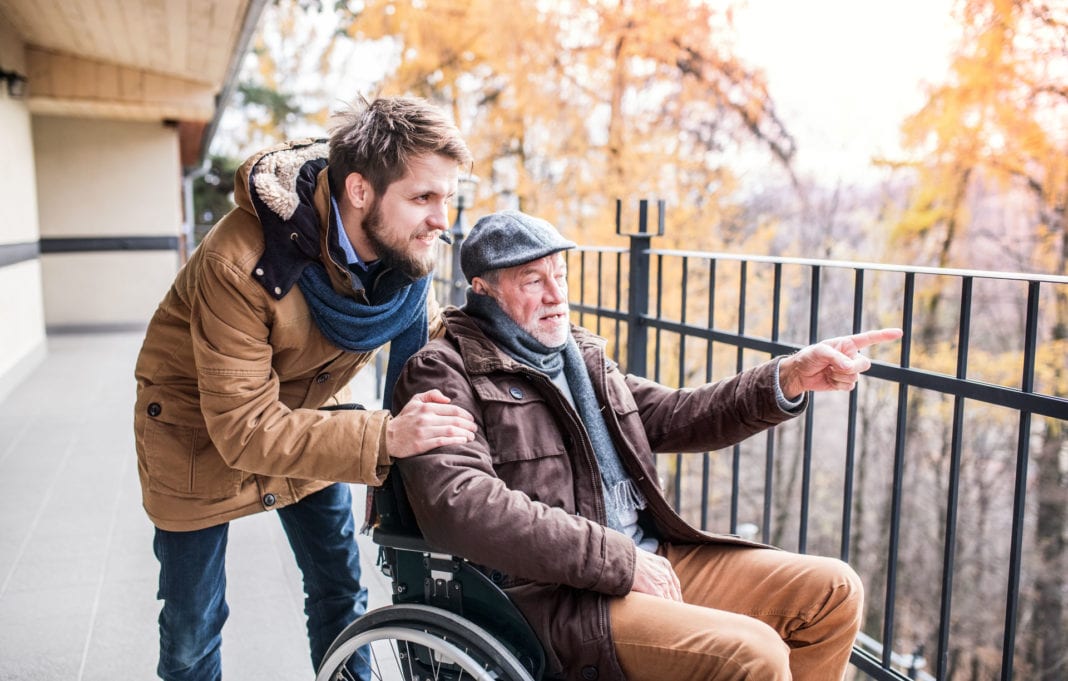
Many children with aging parents are faced with the prospect of becoming their caregivers. While that situation may be right for many, there are several factors to consider before making that change, along with healthy habits to employ during the caregiving period.
“Each care giving situation is unique, but there are some common suggestions that family caregivers should consider,” says Buchanan. “Understand your parent’s emotions to ease their concerns. It is important to assist them in coping with chronic conditions, loss of independence and other aging-related issues. Seek out a support group to talk to others who are having similar experiences. Find ways to get a break or respite from your care giving role. Engage in activities that will help you recharge, reset and rally for the next challenge. Embrace movement such as a walk in the park. Try meditation to check in with yourself.”
Buchanan offers okcares.org and the Senior Info Line, 1-800-211-2116, as additional resources.
4. Avoiding Ailments
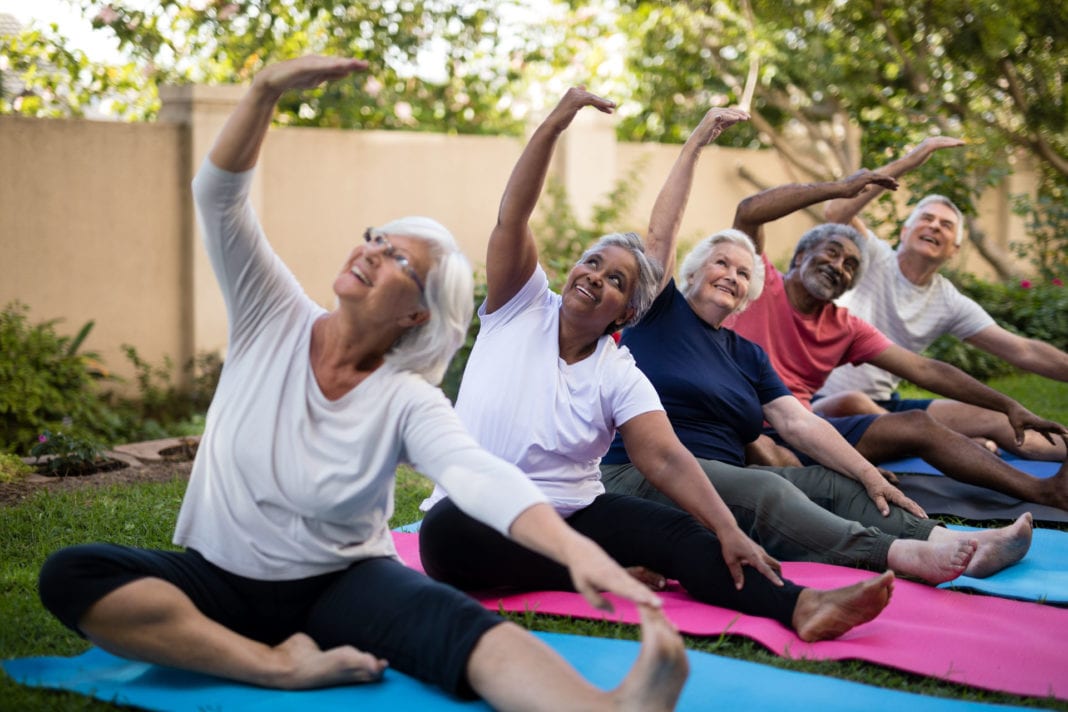
As a person gets older, the risks of developing certain diseases and ailments rises. These include diabetes, depression, obesity, osteoarthritis, high blood pressure, arthritis, and respiratory, skeletal and cardiovascular related conditions. However, there are ways to manage those risks and nip developments in the bud.
Exercise enhances disease prevention, says John Jackson, a personal trainer in Tulsa. Aerobic and strength training exercises help with circulation, muscular fitness, depression and sleep. Staying active also increases or maintains coordination and muscle tone that may keep you steady on your feet and keep your reactions sharp. A few ways to stay heart healthy and keep muscles toned include walking, gardening or taking various exercises classes.
Eating a balanced diet, taking medications as prescribed, being aware of health changes and seeking necessary medical attention are all important.
The National Council on Aging encourages older adults to get their vision checked. Vision changes as one ages, so it is important to make sure your prescription is up to date and to screen for any eye-related diseases like cataracts and glaucoma, which are usually treatable when caught at an early stage.
“I suggest prayer and meditation for balance in life,” adds Jackson.
3. Train the Brain
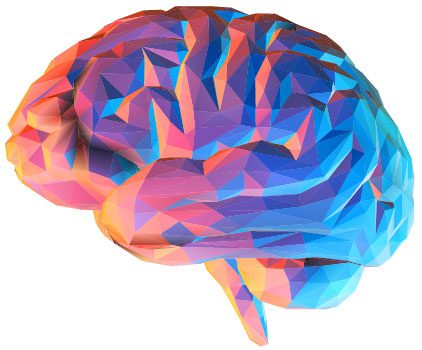
Some of our brain cells stiffen as we age, and as a result, we experience decline in memory and cognitive abilities. However, a variety of techniques exist to slow that process.
“Physical activity and socializing are important in slowing the brain’s aging process,” says Kim. “Keep your brain active and alert. Stimulate your brain daily through things like Sudoku or a crossword puzzle. Learn something new, such as a language. Chat with family or friends and keep up with current events.”
Jackson adds: “Consistent modified exercise increases the volume of both gray and white matter in regions of the brain after six months.”
2. Creating a
Healthy Rapport

Jackson, Buchanan and Kim agree that regular checkups are crucial for seniors to stay independent as long as possible. Keep routine appointments and maintain an open line of communication with medical providers. Discuss all health changes.
“We assess our patients for early depression, fall risk and medication compliance,” says Kim. “This is coupled with a physical examination and blood work when necessary to assess any changes in a person’s condition.”
Buchanan adds: “The Oklahoma Human Services Advantage nurses believe a healthy rapport with your doctor will help you feel comfortable to ask questions when medical attention is needed.”
1. Fitness at any Age
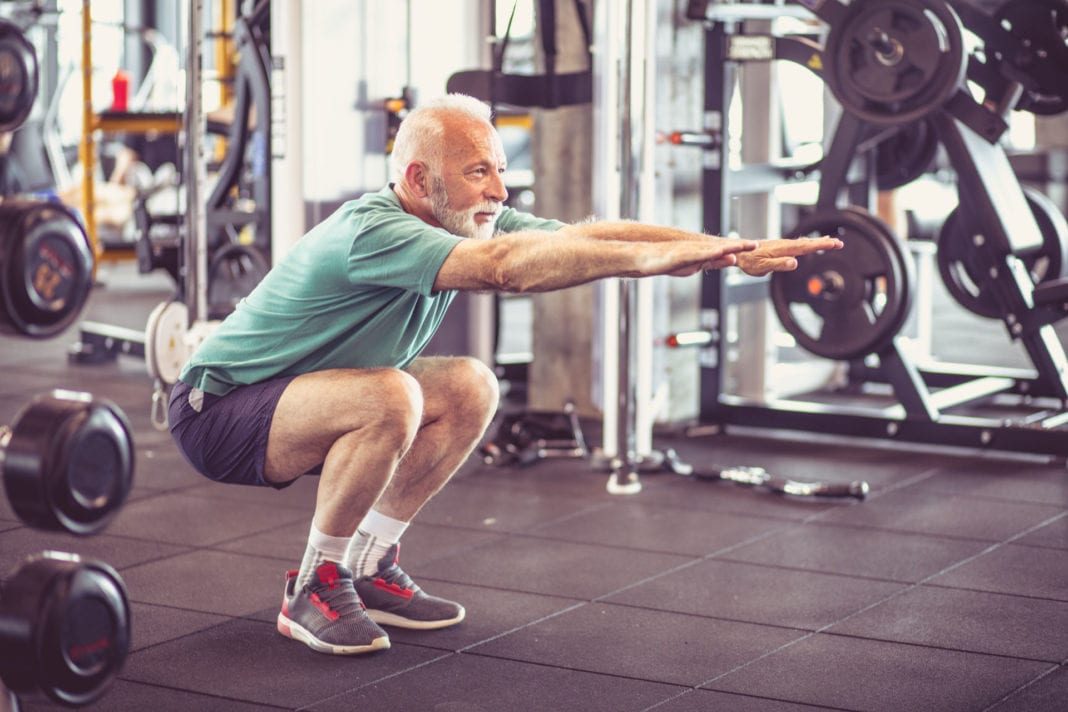
Jackson reminds that exercise is beneficial for all age groups … if instructed correctly.
“For example, I would not advise seniors to do back-to-back days of strength training,” he says. “A physical therapist, personal trainer or strength coach should be able to provide an exercise prescription based on your level of ability and health. I would suggest flexibility and balance movements along with cardio and strength movements if the individual is physically able.”
As we grow older, an active lifestyle is even more important for health.
“Regular exercise improves muscles and makes you stronger,” says Buchanan. “It helps keep your joints, tendons and ligaments flexible. In the aging population, exercise can prevent disease, lower the risk of falls, improve mental health and well being, strengthen social ties and improve cognitive function.”
Different levels of exercise are appropriate for different age groups, says Kim.
“Depending on your functional level, do keep moving. Try to get a goal for 5,000 steps a day,” she says. “If you cannot walk daily, stand up and move every hour if possible. For very active seniors, consulting with a trainer can help set goals. Try exercises such as tai chi, which reduces falls and improves balance.”
It’s never too late to start an exercise routine, and consistency is more important than intensity. Find something you enjoy and start at a level that’s easy to maintain. Older Americans Act Services offer fitness programs across the state; learn more by calling the Senior Info Line at 1-800-211-2116.






















